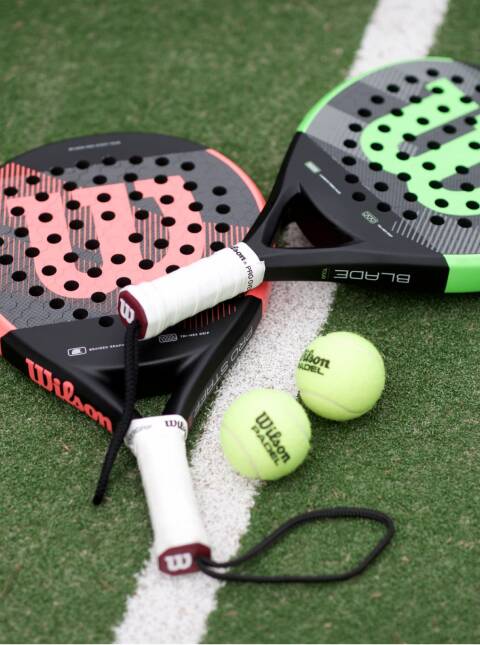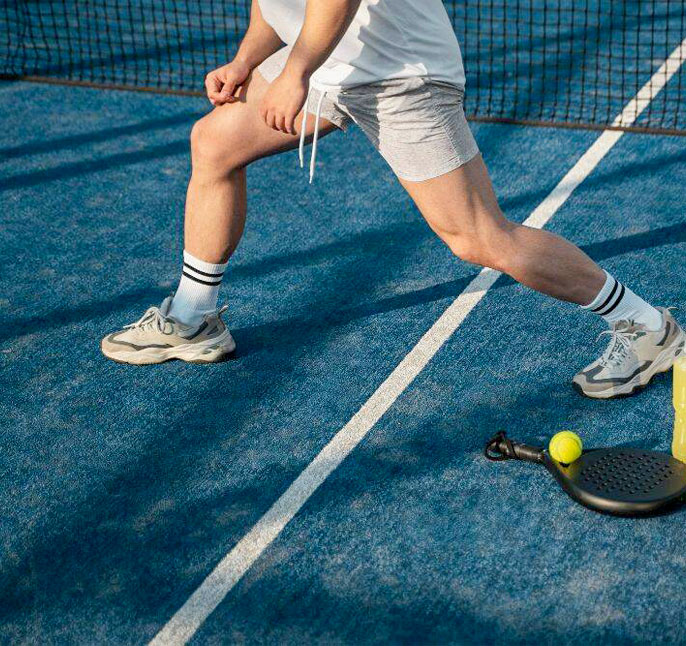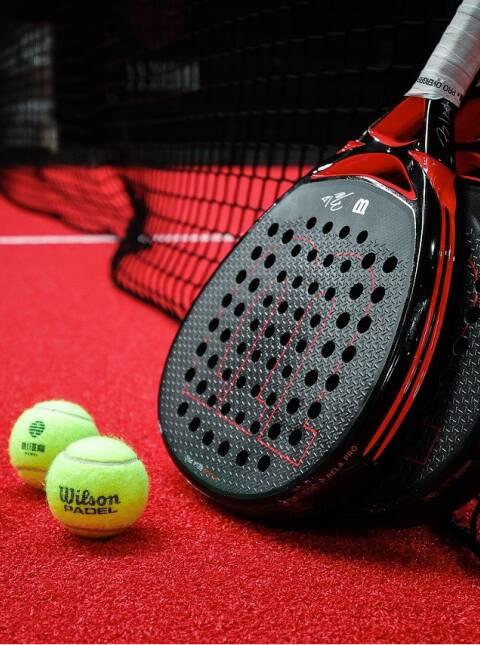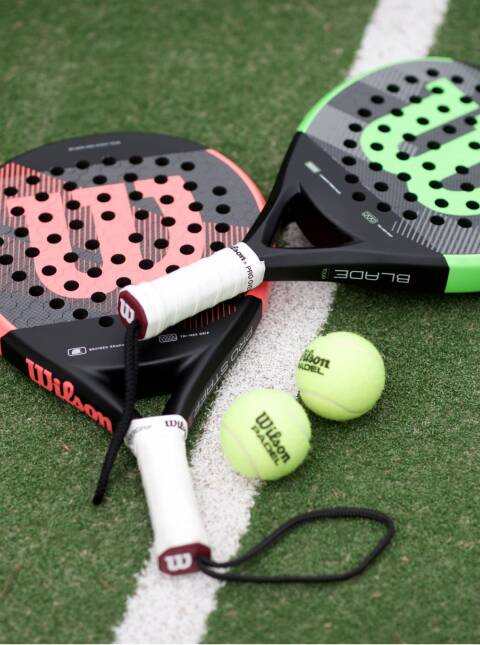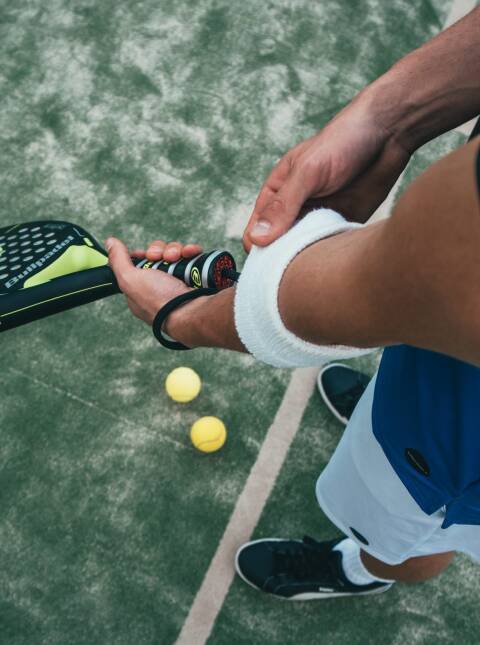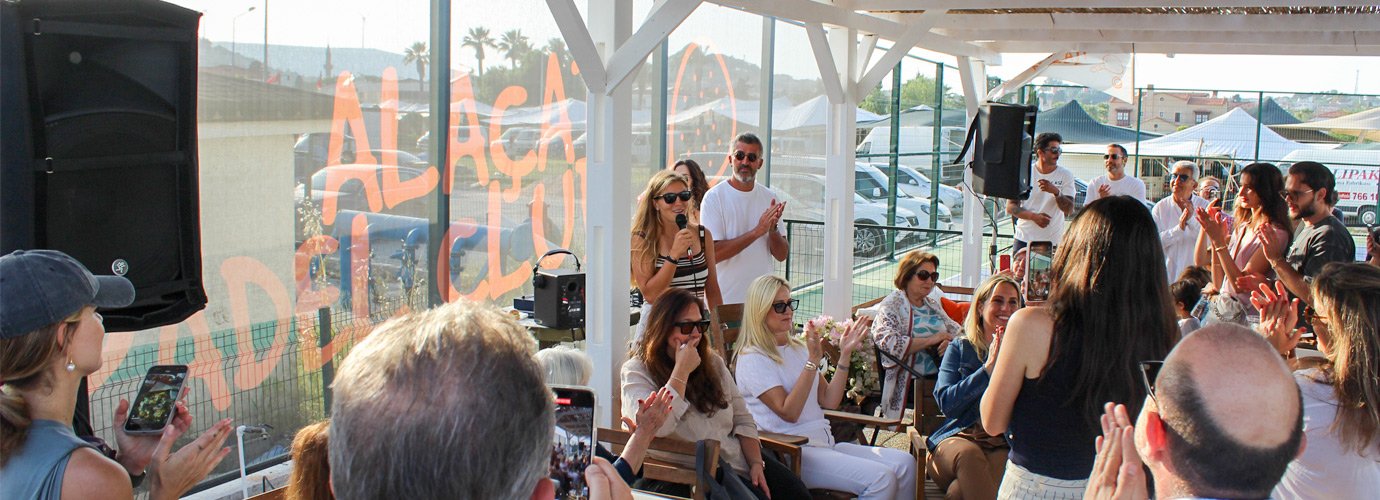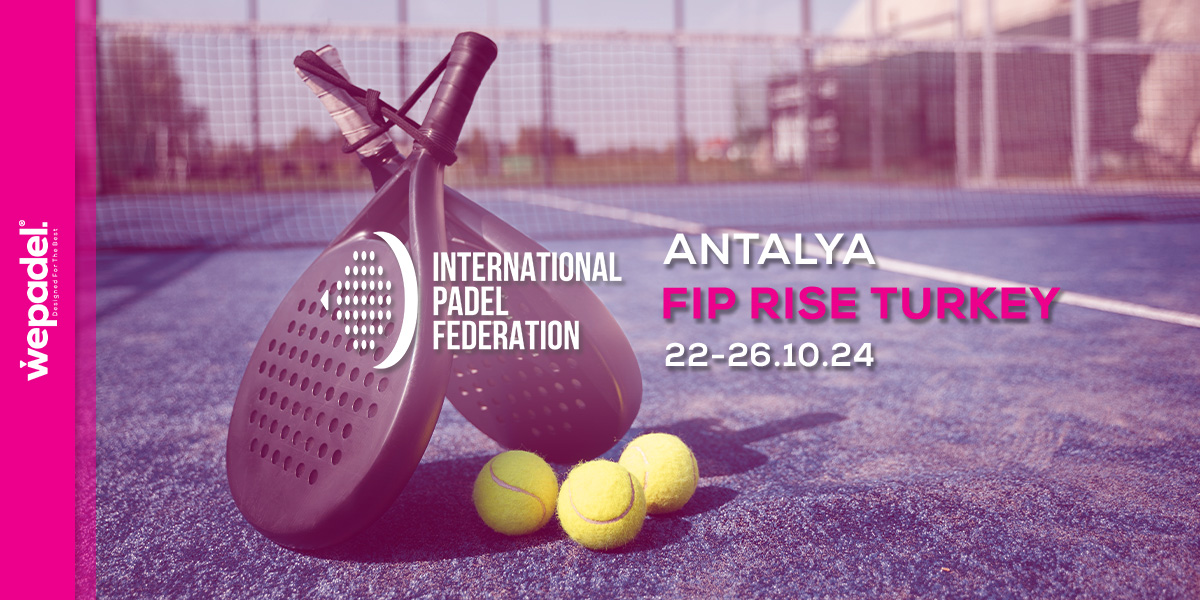
14.11.2025
Padel has rapidly become one of the most popular racket sports, attracting both amateur players and investors interested in building new facilities. However, anyone considering a padel court investment faces the same initial question:
“Should I build a roofed or open padel court?”
Both systems come with unique advantages, different investment costs, and specific usage conditions.
In this article, WePadel shares its engineering expertise to explain the differences between roofed and open padel courts, their pros and cons, and which type is best suited for different conditions and business models.
Open Padel Courts: The Natural Light and Freedom of the Game
As the name suggests, open padel courts are completely uncovered structures that allow players to enjoy matches under natural weather conditions.
They are most commonly preferred in warm or mild climates and seasonal facilities — such as beach resorts, hotels, or summer clubs.
Advantages of Open Padel Courts
- Natural Playing Atmosphere: Playing under sunlight and feeling the open-air environment reflects the true spirit of padel. Players experience a sense of freedom and comfort that closed spaces cannot provide.
- Lower Investment Cost: Since there’s no roof structure, the total cost of construction is significantly reduced.
- Faster Installation: The absence of roofing systems shortens the overall construction and installation period.
- Natural Ventilation: Unlike indoor spaces, open courts eliminate heat and humidity problems, providing a more refreshing experience.
- Low Maintenance: With fewer structural components, cleaning and maintenance operations are simpler and less costly.
Disadvantages of Open Padel Courts
- Weather Dependency: Rain, wind, or extreme temperatures can limit playing time and reduce player comfort.
- Higher Lighting Costs: More energy is required for night lighting compared to roofed systems.
Who Should Choose Open Padel Courts?
Open padel courts are ideal for hotels in coastal regions, seasonal sports facilities, or investors aiming to minimize costs while offering a natural outdoor sports experience.

Roofed Padel Courts: Play All Year Long
Roofed padel courts are covered with durable steel structures and protective roofing materials that make them suitable for year-round use.
They are especially popular in urban areas, professional sports complexes, and clubs seeking consistent player engagement.
WePadel’s roofed court systems are designed with galvanized steel structures, UV-resistant polycarbonate roofing, and energy-efficient LED lighting solutions, providing both aesthetic appeal and long-term durability.
Advantages of Roofed Padel Courts
- All-Season Playability: Rain, snow, or extreme sunlight no longer disrupts the game — players can enjoy matches 12 months a year. For investors, this means continuous revenue throughout all seasons.
- Professional-Level Performance: Controlled environments eliminate wind and humidity effects on ball movement, ensuring consistent play quality.
- Durability and Longevity: Galvanized steel structures are resistant to rust and can last up to 25 years with proper maintenance.
- Energy Efficiency: Reflective roofing materials help optimize lighting and reduce overall energy consumption.
- Prestigious Appearance: A roofed system gives a professional look to your facility and enhances brand value.
Disadvantages of Roofed Padel Courts
- Higher Initial Investment: Construction costs are higher compared to open systems, but long-term, the continuous use and revenue generation make it a profitable investment.
- Ventilation Planning Required: Proper air circulation systems should be installed to prevent excessive heat during summer months.
Who Should Choose Roofed Padel Courts?
Roofed systems are ideal for sports clubs, municipalities, hotels, and facilities operating throughout the year that seek a consistent, professional playing environment.
Comparative Analysis: Roofed vs. Open Padel Courts
|
Feature |
Roofed Padel Court |
Open Padel Court |
|
Usage Period |
12 months (all seasons) |
6–8 months (seasonal) |
|
Initial Investment |
Medium to high |
Low |
|
Playing Comfort |
Stable, professional quality |
Weather-dependent |
|
Maintenance Cost |
Low |
Seasonal |
|
Energy Efficiency |
Optimized LED system |
Daylight advantage |
|
Aesthetic Value |
Modern, professional look |
Natural open-air design |
|
Target Users |
Professional sports facilities |
Resorts, seasonal venues |
As shown above, both court types offer strong benefits depending on your location and business model.
If your goal is year-round playability and stable revenue, roofed padel court construction is the right choice.
If you’re aiming for a lower-cost investment focused on seasonal use and outdoor enjoyment, then open padel court construction is ideal.
WePadel: Engineering Excellence for Every Project
WePadel designs and manufactures both roofed and open padel courts that fully comply with FIP international standards.
Each project is customized according to climate conditions, ground quality, and intended usage frequency.
Key advantages of WePadel solutions include:
- FIP-approved measurements and structures
- Corrosion-resistant galvanized steel frames
- Long-lasting artificial turf systems
- Professional-grade LED lighting
- Fast production and installation process
With these advantages, investors achieve the perfect balance between cost and quality.
There’s no single “right” option — only the one that best fits your needs.
If your priority is long-term revenue and year-round usability, a roofed padel court (also known as an indoor padel court) is your best choice.
If you value natural air, open spaces, and cost efficiency, an open padel court will perfectly suit your goals.
WePadel’s expert engineering team and advanced production standards ensure that every project delivers outstanding performance, safety, and visual appeal.
Contact WePadel today to find the most suitable system for your facility and receive a free quote.

